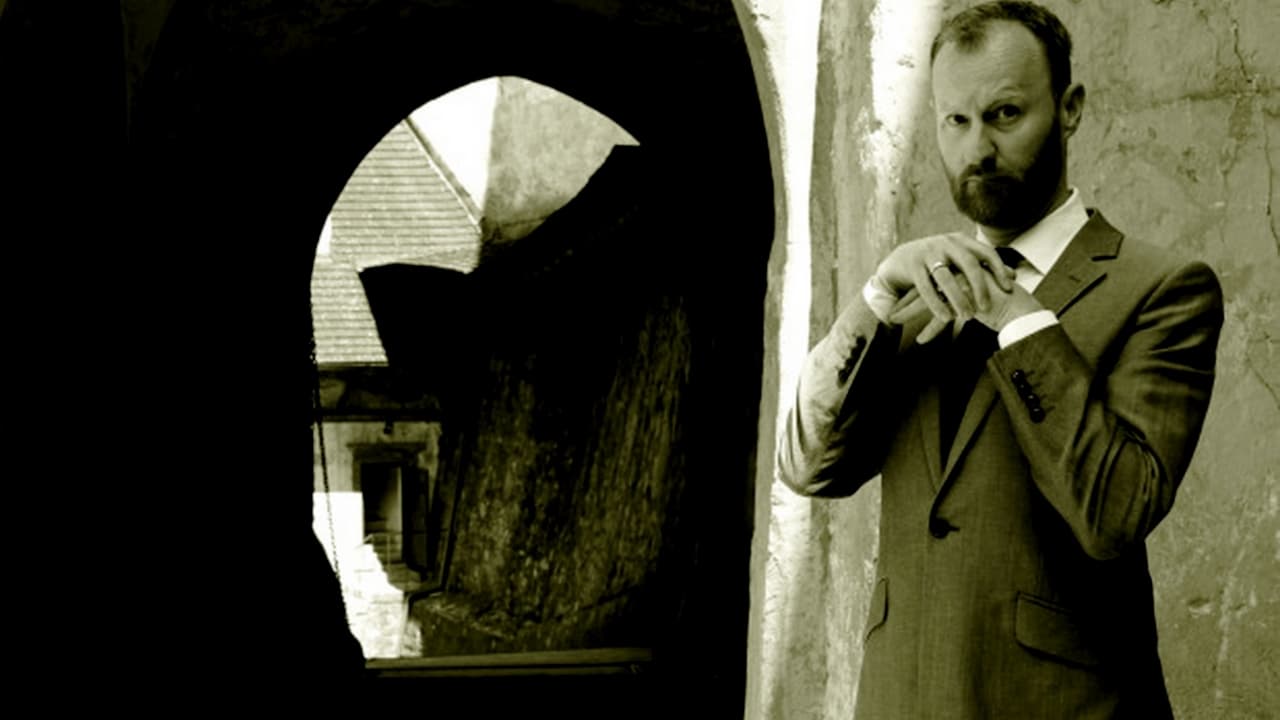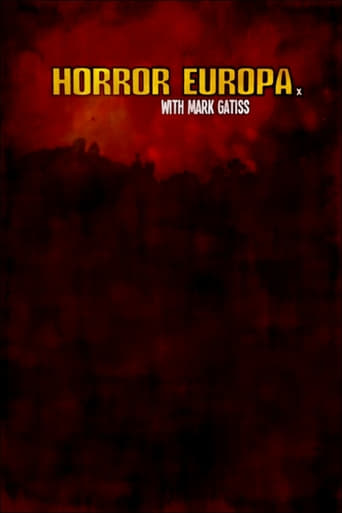

The greatest movie ever made..!
... View MoreAlthough it has its amusing moments, in eneral the plot does not convince.
... View MoreIt's an amazing and heartbreaking story.
... View MoreClose shines in drama with strong language, adult themes.
... View MoreHorror Europa with Mark Gatiss (2012)*** 1/2 (out of 4)Mark Gatiss does for European horror the same as he did for American and British horror in A HISTORY OF HORROR. This documentary clocks in at 88-minutes and gives us a look at Gatiss' favorite European horror films like DAUGHTERS OF DARKNESS, NOSFERATU, THE CABINET OF DR. CALIGARI, THE BIRD WITH THE CRYSTAL PLUMAGE, BLOOD AND BLACK LACE, EYES WITHOUT A FACE and the gore films from Italy.HORROR EUROPA is another good documentary from Gatiss who once again tells the history from his point of view. He's really not interested in doing a straight documentary and instead he tells the history of European horror films from his own view point. This at least gives the film its own style and feel, which is a good thing since there are countless documentaries out there covering the same ground. If you're a fan of the genre then you'll enjoy the stories, the film clips and the interviews. Dario Argento is interviewed and discusses his giallo films as well as how most of his movies come from dreams and nightmares. Jorge Grau of THE LIVING DEAD AT MANCHESTER MORGUE is also interviewed.
... View MoreAlthough I enjoyed watching Horror Europa, I found it lacking. Some notable personalities in the genre were left out of this BBC documentary. I understood that director John Das and writer/presenter Mark Gatiss were limited by time and interview subjects. However, Lucio Fulci and Paul Naschy received one brief mention each, while Jose Larraz and Jean Rollin were ignored altogether. Meanwhile, Gatiss dedicated a fair amount of time to Harry Kumel, Narciso Ibanez Serrador, and Jorge Grau, directors who made a few (admittedly great) European horror films but who did not spend their careers in the genre the way Fulci, Larraz, Naschy, and Rollin did. Furthermore, one could debate how much of a horror film Les Diaboliques is (I first saw the mystery in a film class as part of a film-noir unit).Also, Gatiss and Das, perhaps understandably, organized their material chronologically, jumping from Germany to France, then to Italy, and finally Spain. while giving structure to their documentary, this approach was also misleading. From Horror Europa, a viewer might have gotten the impression that, until recently, France quit making horror films in the late 1950's and that Germany never made another horror film after the Nazis came to power. Neither of these positions was true. Jean Rollin and Jorg Buttgereit jumped to mind while I was watching Horror Europa (of course, both directors might be too controversial for the BBC).To give the filmmakers credit, Mark Gatiss made a personal documentary. He probably picked the films he liked the best (as I would have done in his place). The European horror film lends itself to diverse personal favorites. Few of these films were liked by critics when they first debuted. They were discovered and kept alive by fans. In Horror Europa, Mark Gatiss seemed to be such a fan. I liked watching Horror Europa in spite of its annoyances. It will probably be more useful to those just getting started in the sub-genre. As far as British TV documentaries on Euro-horror go, I preferred the less respectable Eurotika! which ran on Channel Four in 1999 (all twelve episodes are on YouTube).
... View MoreDressed in a blue suit, presenter Mark Gatiss tours the capitals of Europe to give us a potted history of European horror cinema. Beginning in Belgium, he thence proceeds to Slovakia, Germany, France, Italy and Spain; along the way he interviews several of the major players in the genre, including Dario Argento, who speaks to him in a mixture of English and Italian, depending on his mood.Thematically speaking, HORROR EUROPA argues with some justification that horror cinema can be seen as a response to social and economic upheaval. In the aftermath of World War One, the German horror cinema was in the ascendant, as directors and producers alike tried to re-establish the country as an artistic powerhouse after a crippling conflict, as well as responding to the severe economic crisis of the time. Films such as THE CABINET OF DR. CALIGARI (1920) and NOSFERATU (1922) could be seen as responses to the prevailing socio-cultural conditions, as well as being influenced by artistic movements such as Expressionism. Likewise in the post-1945 period French horror cinema was shaped by the fallout from four years of Nazi occupation as well as the excesses of the Vichy government; films such as LES DIABOLIQUES (1955) dramatized fears of moral and social breakdown.In the Sixties, Italian horror cinema came into its own as a result of the work of Mario Bava, who developed a style all his own combining thriller and horror elements, all filmed in a lurid color palette in which individual sequences assumed more significance than plot-coherence. Even today these films are quite disturbing to watch for their sheer unexpectedness of content and form.In more recent years, Spanish horror cinema has set the tone as well as the theme for much Euro-horror - partly this was due to the political situation as the country emerged from years of dictatorship under General Franco into a more democratic style of government.As a presenter, Gatiss is both knowledgeable yet willing to learn from the insights of his interviewees. Sometimes the film includes irritating reaction shots where he is shown nodding enthusiastically at his interviewee, even though he is speaking a different language to them. On the whole, however, he remains a plausible guide, interspersing his commentary with the occasional moment of wry humor. HORROR EUROPA is an ideal documentary for anyone seeking an overview of the genre, as well as reminding specialists of some of their favorite movies.
... View MoreTHE LEAGUE OF GENTLEMEN's Mark Gatiss explores his love of European horror films by tracing their progress from the German Expressionism that rose phoenix-like from the ashes of defeat in WWI to France who picked up the torch after WWII before passing it on to Italy and then to Spain. More than just an overview, Gattis uses a multitude of clips to explore seminal works that range from NOSFERATU and DIABOLIQUE to DAUGHTERS OF DARKNESS and THE DEVIL'S BACKBONE. He visits many European locations along the way and interviews the films' directors whenever possible. Talking heads include Dario Argento, Jorge Grau, Narciso Ibáñez Serrador, Harry Kümel, and Guillermo del Toro. The most successful European horror film to date? del Toro's PAN'S LABYRINTH. Hightly recommended.
... View More